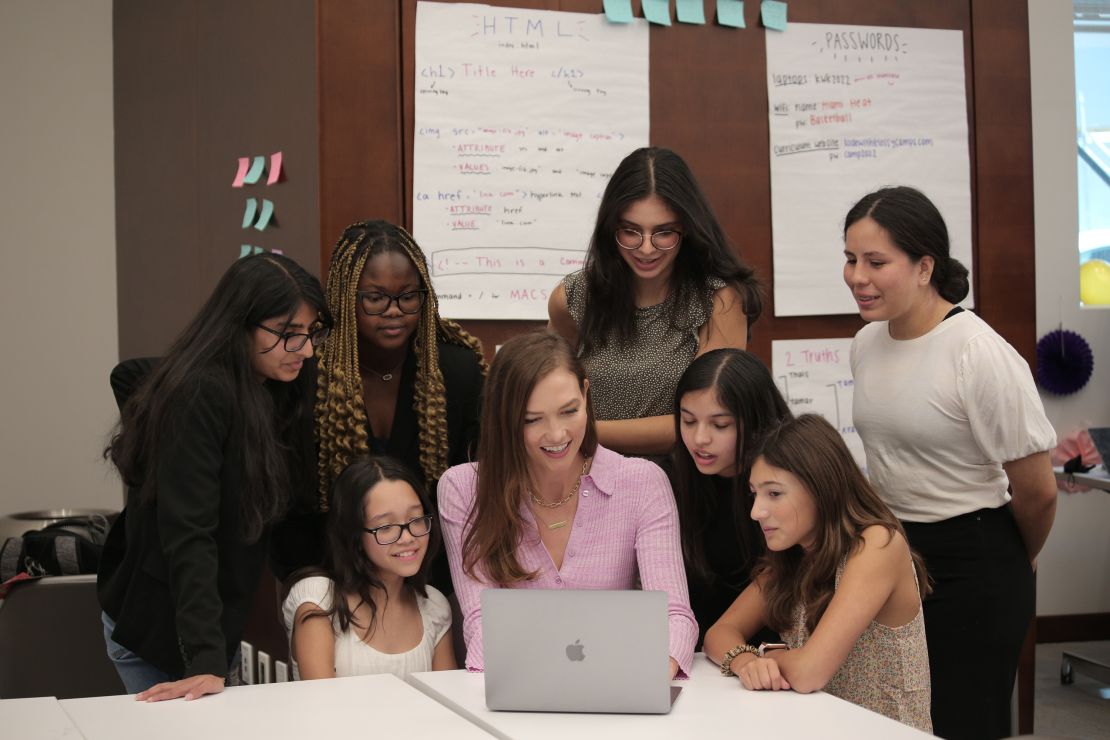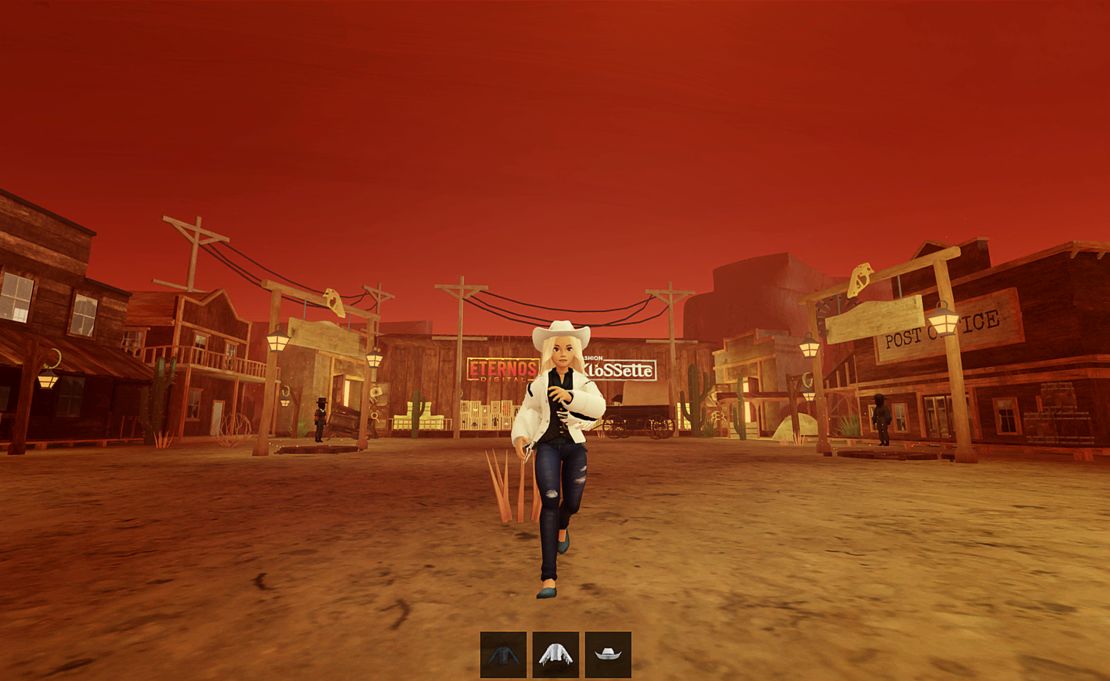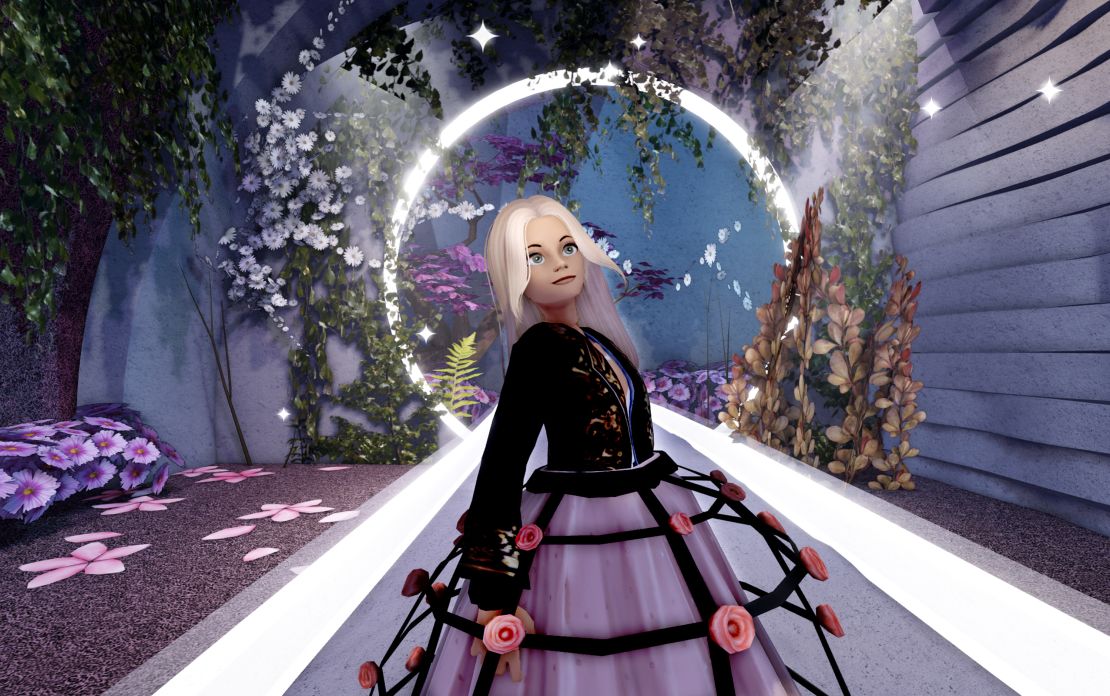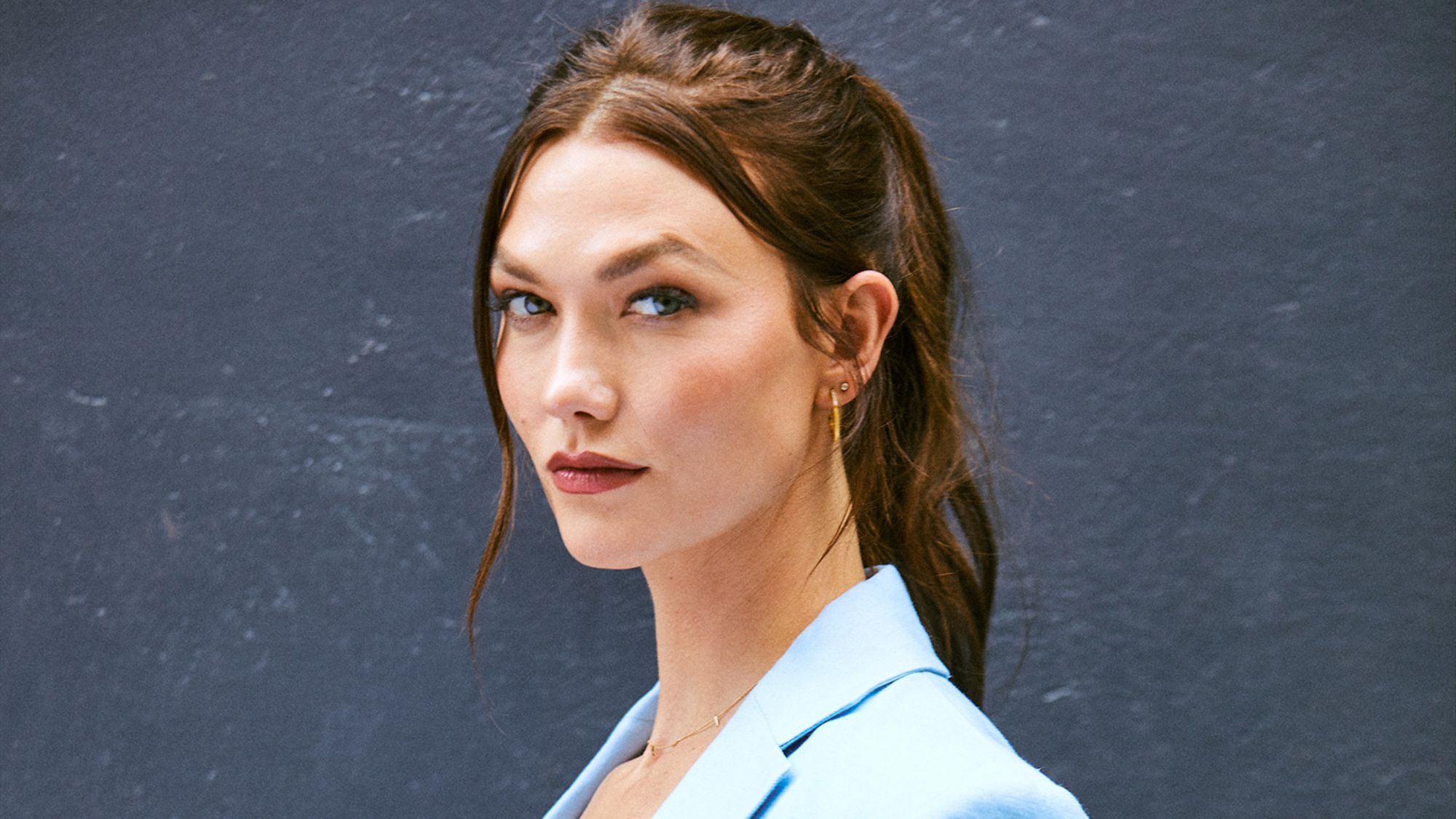Editor’s Note: Karlie Kloss is an American supermodel and entrepreneur. She founded Kode With Klossy in 2015 to empower more young girls and nonbinary youth with skills in tech. All opinions expressed in this article belong to the author.
This story is part of CNN Style’s ongoing project, The September Issues: a thought-provoking hub for conversations about fashion’s impact on people and the planet.
Growing up in the Midwest, my Dad, an ER physician, instilled in me and my sisters a love for science, tech, and math – but more than that, he taught me to always be curious.
My modeling career kicked off when I was only 15, but I have strived to be a student of the world, even as my path became nontraditional.
Nearly seven years into my career, I decided to take a coding class – learning Ruby, HTML and CSS. I was intrigued by the language that powers our everyday lives, so ubiquitous and yet so unknown.
That coding class changed the trajectory of my career and sparked a lifelong passion for how technology can be used creatively to solve real problems, transform lives, and address our world’s biggest challenges. But I noticed one thing: the people creating this technology were overwhelmingly men. I knew it was incredibly important to have diversity at the table of those building the tech that powers our everyday. What kind of life-changing apps or global solutions would we have at our fingertips if more underrepresented groups were encouraged to pursue their STEM [science, technology, engineering and math] interests and supported in those endeavors from a young age?
The next spring, I offered to send a few girls to the same class I took through a post on my YouTube channel and Instagram. The response was overwhelming, and I received thousands of applications. This led me to found Kode With Klossy in 2015, which runs free summer camp sessions that teach young women and nonbinary youth the fundamentals of coding.

The scholars who have attended over the years, have amazed me with their ingenuity in developing projects with an impact. One group built an app that utilizes machine learning technology to teach people how to correctly recycle everyday items, and another created a social network that connects women and other gender minorities who want to pursue careers in tech. To date, Kode With Klossy has educated over 12,000 scholars, who prove year after year that given the right tools, young people can build the world they want to see.
While modeling is still my “day job,” spending most of the past decade working in both fashion and tech has helped me conceptualize how digital technology can help solve some of the biggest issues in fashion. For example, tech is already opening up so many opportunities to expand creative expression and design. It can also help address some of the industry’s biggest challenges, from its role in the climate crisis to the lack of size inclusivity.
I believe that designers in the future won’t just be sewing, they’ll be coding.
Community innovation
Over the past few years, fashion has been booming with technological innovations. Digital designers, for example, are using 3D modeling and AR to outfit avatars and humans alike.
The potential to change how fashion is made, sustained, and accessed is limitless. And it’s been amazing to collaborate with the creatives building on this innovative front.
A few years ago, I launched a new line with Adidas, and we collaborated with digital fashion house, The Fabricant, to design a virtual version of a jacket from the collection. Then, we made that digital garment available for artists to create their own interpretations. So many people put their unique spin on the garments, and the top 20 entries were auctioned off as NFTs. The earnings were split equally between the creators and Kode with Klossy.
This summer, I worked with the immersive gaming platform Roblox and its talented creator community to host a digital pop-up shop called Fashion Klossette Designer Showcase. Digital fashion designers in the community were invited to create and showcase their avatars’ outfits, which drew in two million unique players in just two weeks. Sales of the virtual garments from the shop went directly to the creators, affirming the value of their creativity.

These young designers are already revolutionizing how people express themselves online, dressing millions of Roblox community members who are updating their avatars daily.
Creators I worked with for the Fashion Klossette Designer Showcase come from a variety of backgrounds and are building their personal brands, collections and careers. Some have already been approached by top fashion brands on collaborations. Their creativity is enabled by new digital spaces, technology and tools that allow for easy access from anywhere, uninhibited by financial and other physical world limitations.
My goal is to help further bridge the gap between them and the established fashion industry. This first experience was just the beginning of what we are building on Roblox, and I’m excited for all that’s ahead.

A need for sustainable solutions
Boundary-pushing talent and innovative ideas will always be a few of my favorite things about the fashion industry. But there is still a lot to be desired in terms of sustainability and inclusivity.
Physical fashion produces a lot of waste and is one of world’s largest polluters. Digital technology is going to be the best weapon to help combat this and make the fashion industry more sustainable. Advanced tech – such as AI, AR, 3D modeling, and RFID tagging – are already creating efficient tools that reduce the industry’s carbon footprint and environmental pollution.
Take Bods, for example. It’s a virtual fit tool that uses a digital duplicate of a shopper’s body to help them find the right size before they order clothes online. I decided to invest in the company because these types of innovations mitigate one of the industry’s fast-growing problem with returned merchandise, which often ends up in landfills even if they are still wearable. The inherent uncertainty involved in online shopping also results in an obscene surplus of inventory that never actually reaches the people who want or need it.
Cher Horowitz’s virtual closet in the 1995 movie “Clueless” might be one of the best blueprints for digitized fashion. It has been a source of inspiration for my own closet and many Kode with Klossy scholars – whether they were creating apps to specifically showcase fashion looks and trends, or translating the layout to visually present information in a fun and simple way.
Today, new innovations like digitally tracking physical garments once they leave the store has even bigger implications. Using embedded RFID tags can aid in moving fashion towards a circular design model.
Eon, a company I’ve also invested in, provides environmental impact reports in real time using this technology. As garments move through their life cycles, Eon gives brands accurate data on their impact and gives consumers transparency about each item in their closet. Information that is usually hard to find and decipher, like how garments are made and how they can potentially be recycled, is at everyone’s fingertips with this technology. Resellers will be able to weed out counterfeit garments and determine better pricing for authentic used items, creating a more sound and credible secondhand market.
But fashion needs more people with the skills to make these lofty goals standard practice.
A path forward
Young women and gender nonconforming people have historically faced higher barriers to becoming software programmers or engineers. It’s rare that STEM fields are presented as a realistic path for young girls. I was confident and curious enough to step into this industry, but only as an adult with a successful career already secured. Many marginalized groups do not have that privilege which is why I’m so passionate about equipping them with these skills, and providing access to opportunities.
This year we wrapped our 7th summer of Kode with Klossy camps, with 4,000 young female and gender nonconforming coders from 99 different countries participating. I’ve seen our scholars recognize their own power and potential. That kind of self-actualization pays dividends, even beyond a career path. The diversity some of them will bring to the workforce can change fashion, and the world.
As told to CNN’s Jacqui Palumbo



